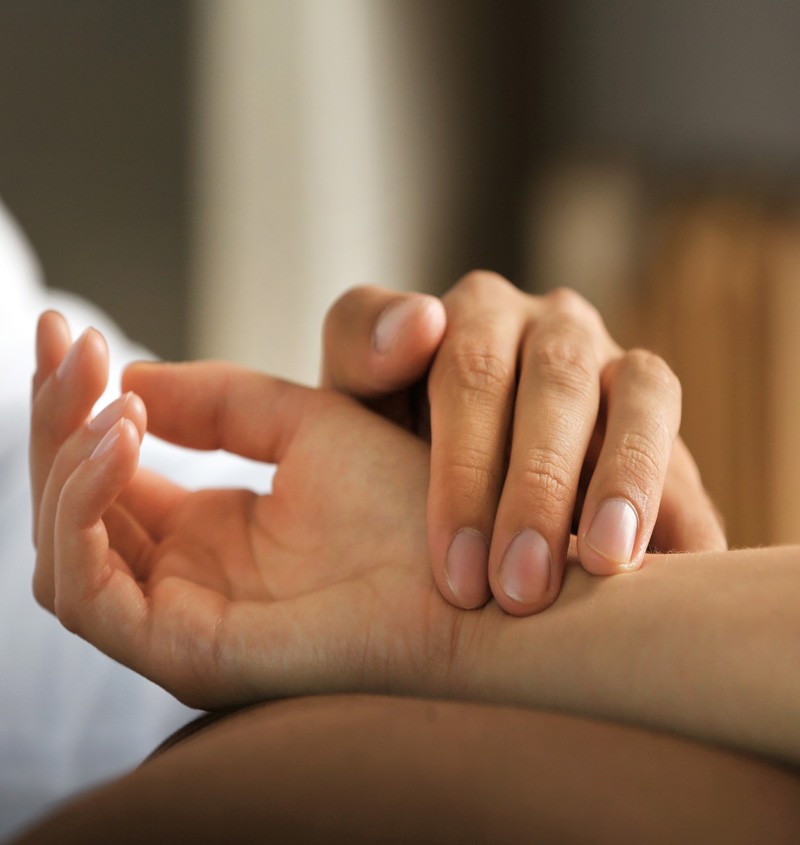Top Tips To Check Your Pulse
Monitoring one’s heart rate is important to know whether one is healthy or not. This measures how many times the heart beats per minute. There is the resting heart rate which can be taken when you are not under any type of stress. It can measure how healthy the heart muscle is. It is important to check your pulse when you are exercising, or when you feel dizzy. It is also crucial for overall wellbeing. You must do the same as well for your child or any other person who is in an emergency situation, right before performing a CPR. Here are tips on how you can monitor your pulse.

The Radial Pulse Approach
This is a method where the radial artery must be located. You can start by placing the pointer and middle fingers on that area of the wrist found below the thumb. Never use your thumb when counting as it can be accurate. Feel your pulse then count the beats made for 15 seconds. Just multiply the number you get by four and that will be your heart rate per minute. If you get 25 in 15 seconds then that means it is 100 beats per minute.
The Carotid Pulse Approach
This method requires locating the carotid artery. Just like the radial pulse approach, you must use your pointer and middle fingers when counting the beats. Now, these fingers must be placed below the jawbone, on the side of the windpipe. Measure the heart rate for 15 seconds then multiply by four.
The Pedal Pulse Approach
The pedal pulse is the pulse that can be located on the top of your foot. Using your index and middle fingers, simply place them above that point of the bone which is highest along the top of your foot. Move your fingers until you feel the pulse then count the beats for 15 seconds. Multiply the number that you get by four.
The Brachial Pulse Approach
An approach that is most common among young children, this is the method where you check your pulse via the brachial artery. All you need to do is to turn your arm, making sure it is slightly bent and that the inner arm faces the ceiling. Use your middle and index fingers to feel the pulse along the side of your arm, just between the pointy part of the elbow bone and that of its crook. Press firmly once you have moved your arms about an inch after you have located the brachial pulse. Again, multiply the pulse you get in 15 seconds by four.
The Assistive Device Approach
This approach gives you a lot of options. You do not have to locate pulses as accurate as you would when using the above-mentioned methods. All you need to do is use devices that can assist when monitoring your heart rate. Among the more popular ones used these days are blood pressure machines, exercise equipment, digital fitness trackers, and smartphone apps.
Are you familiar with thewatch that can help with heart rate tracking?HealthAssist Watch is a device that you can invest in. This watch performs more than just tracking the heart rate. It also comes with services like prescription refill reminders, activity and biometric data sensor collection, and activity level monitoring.


